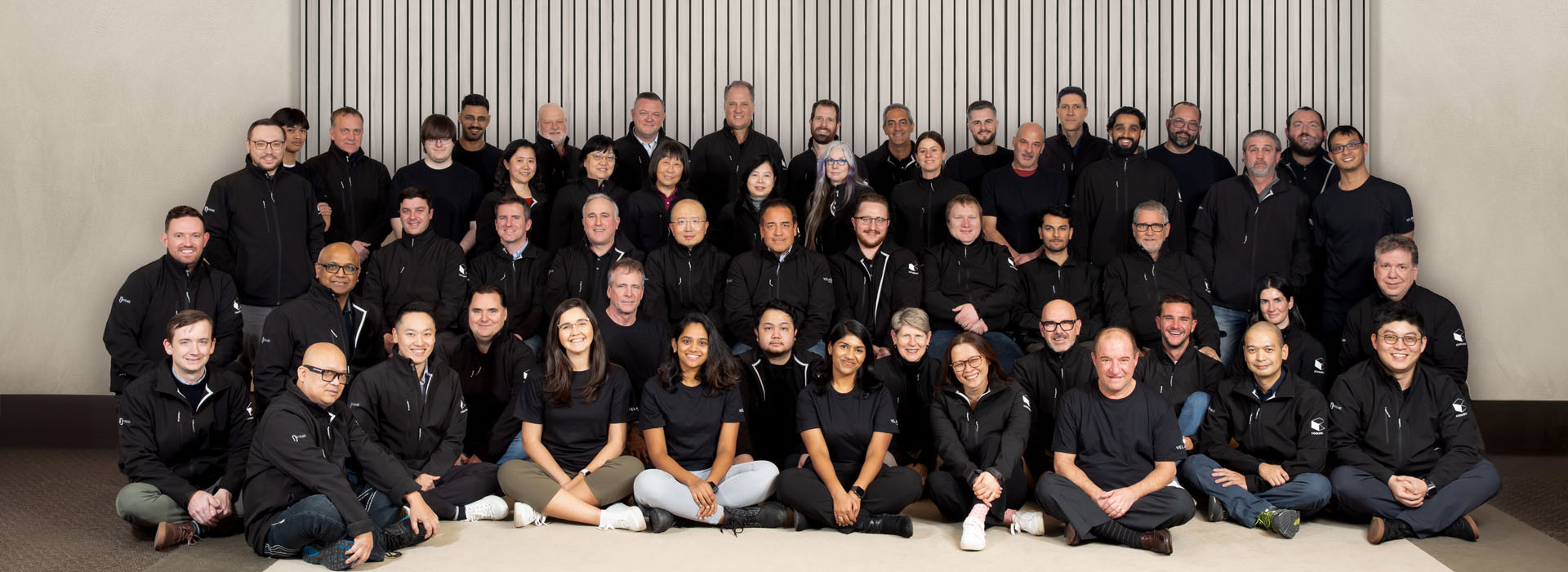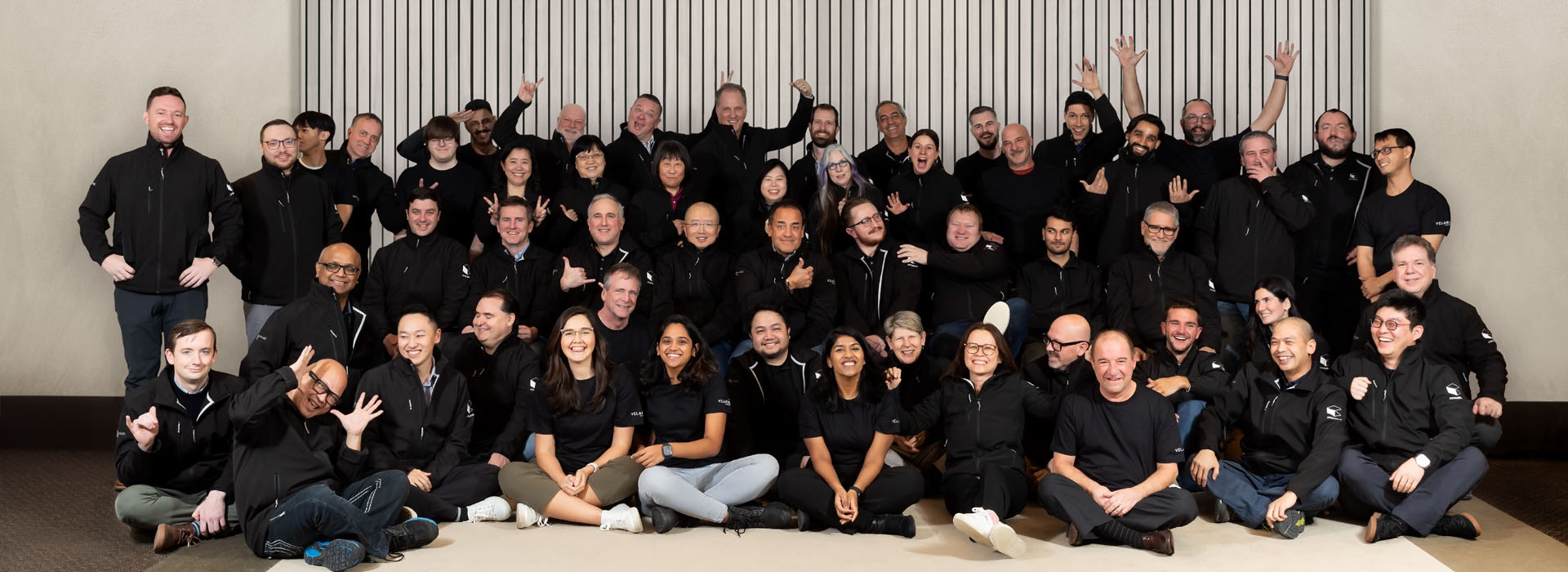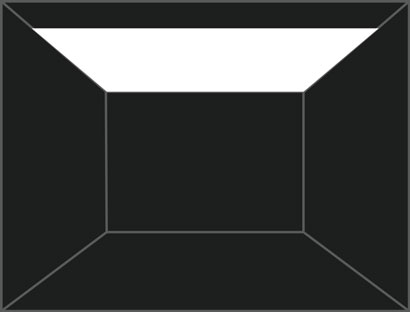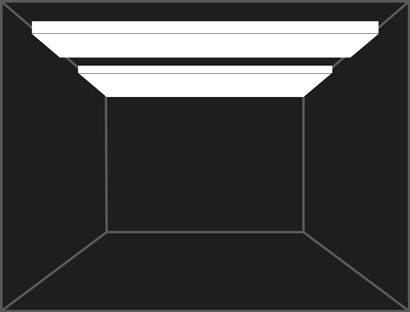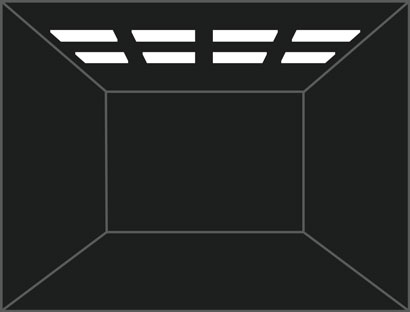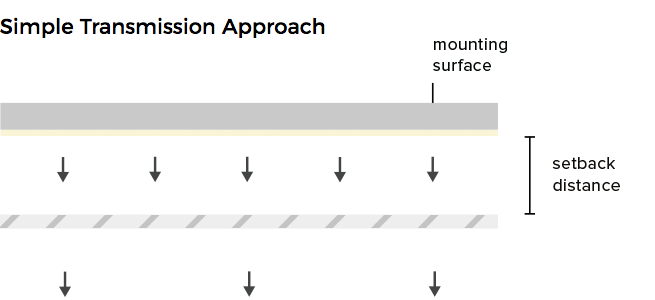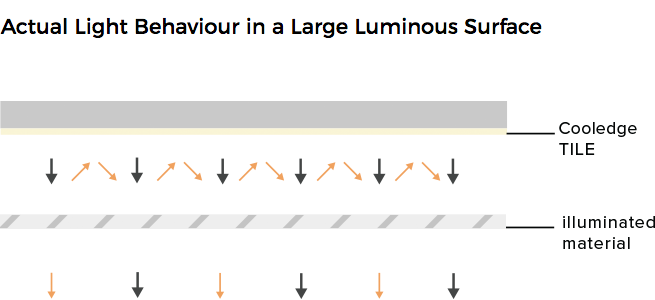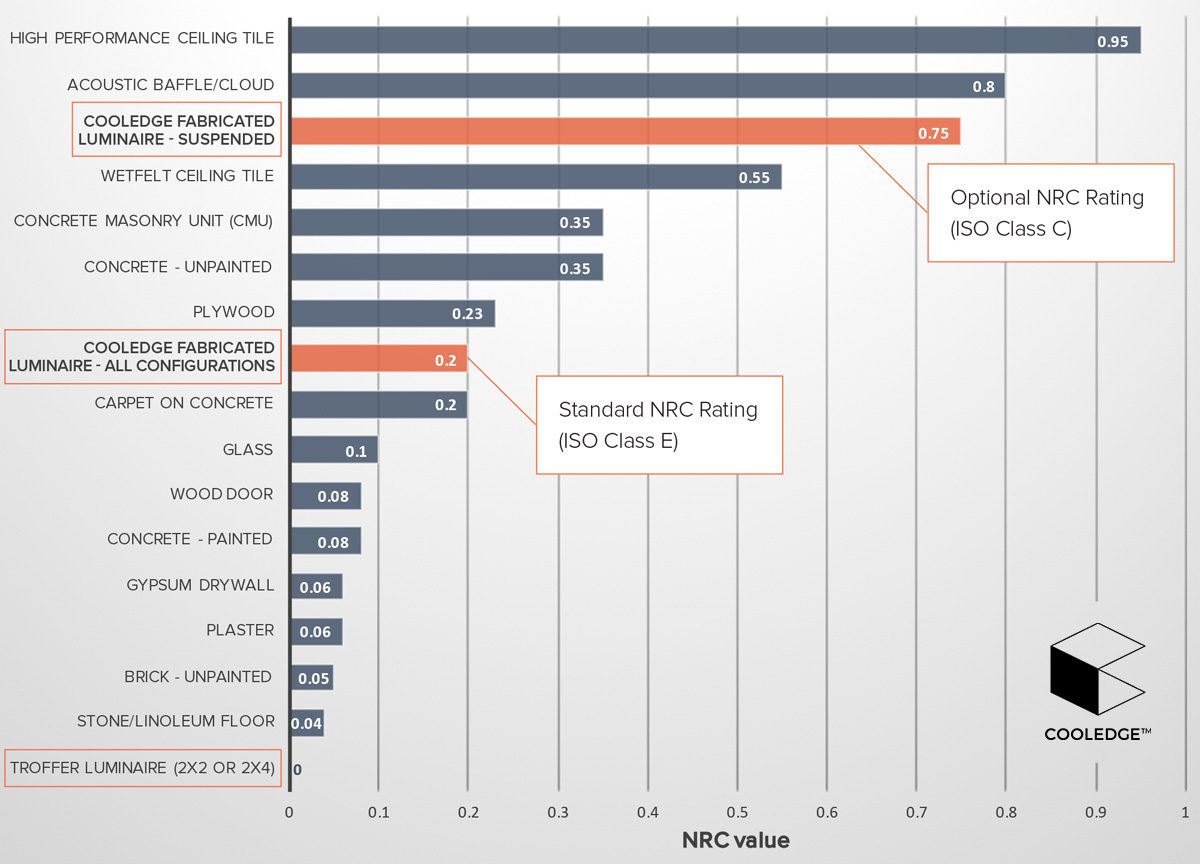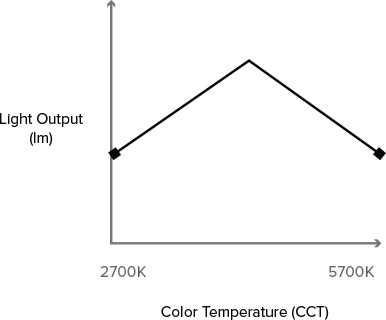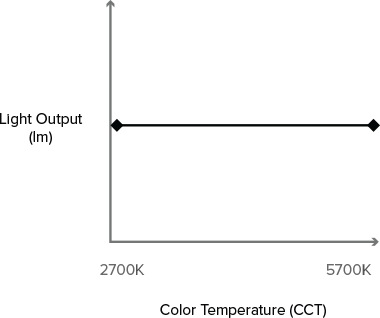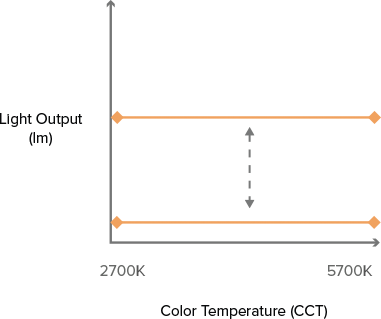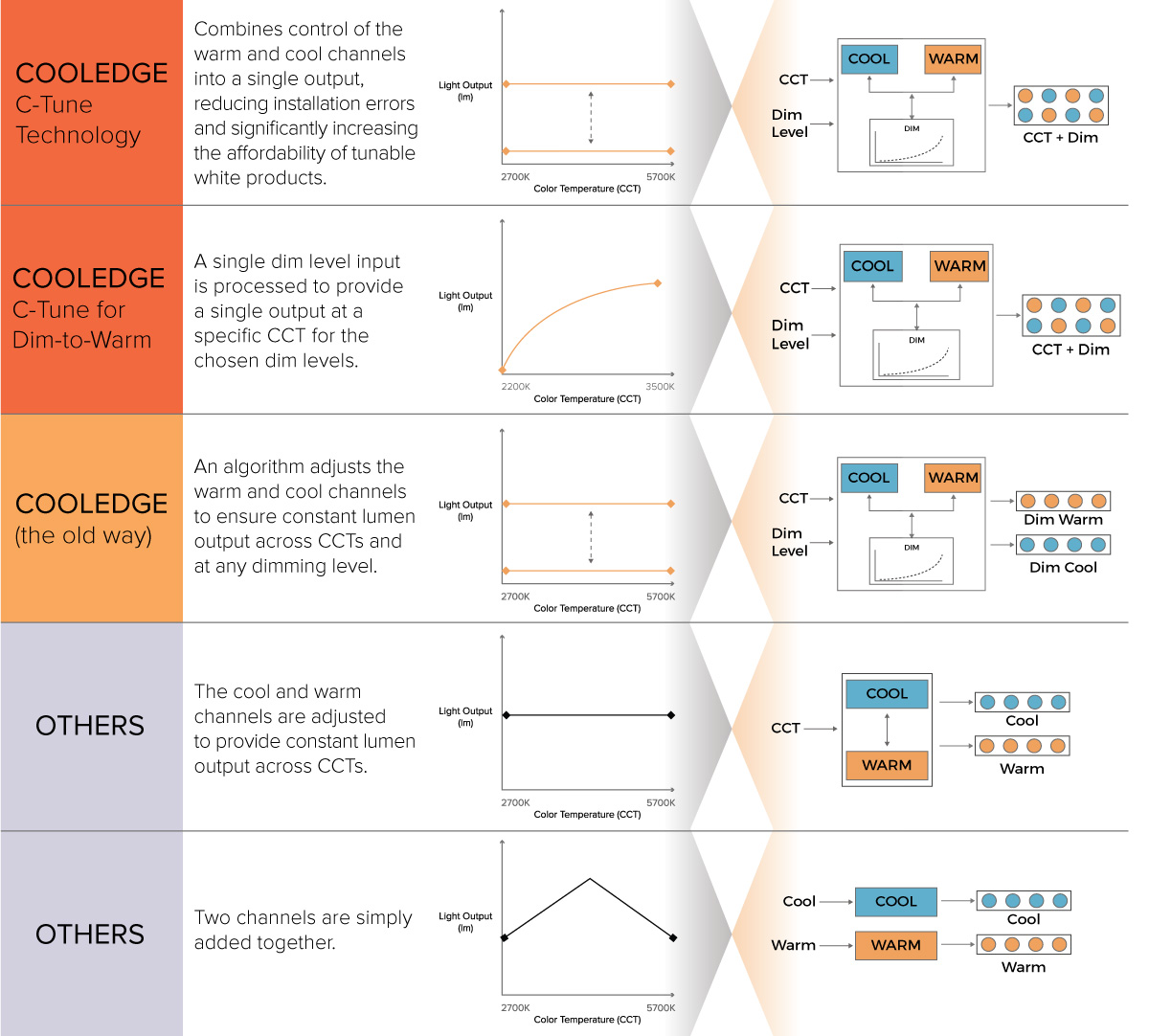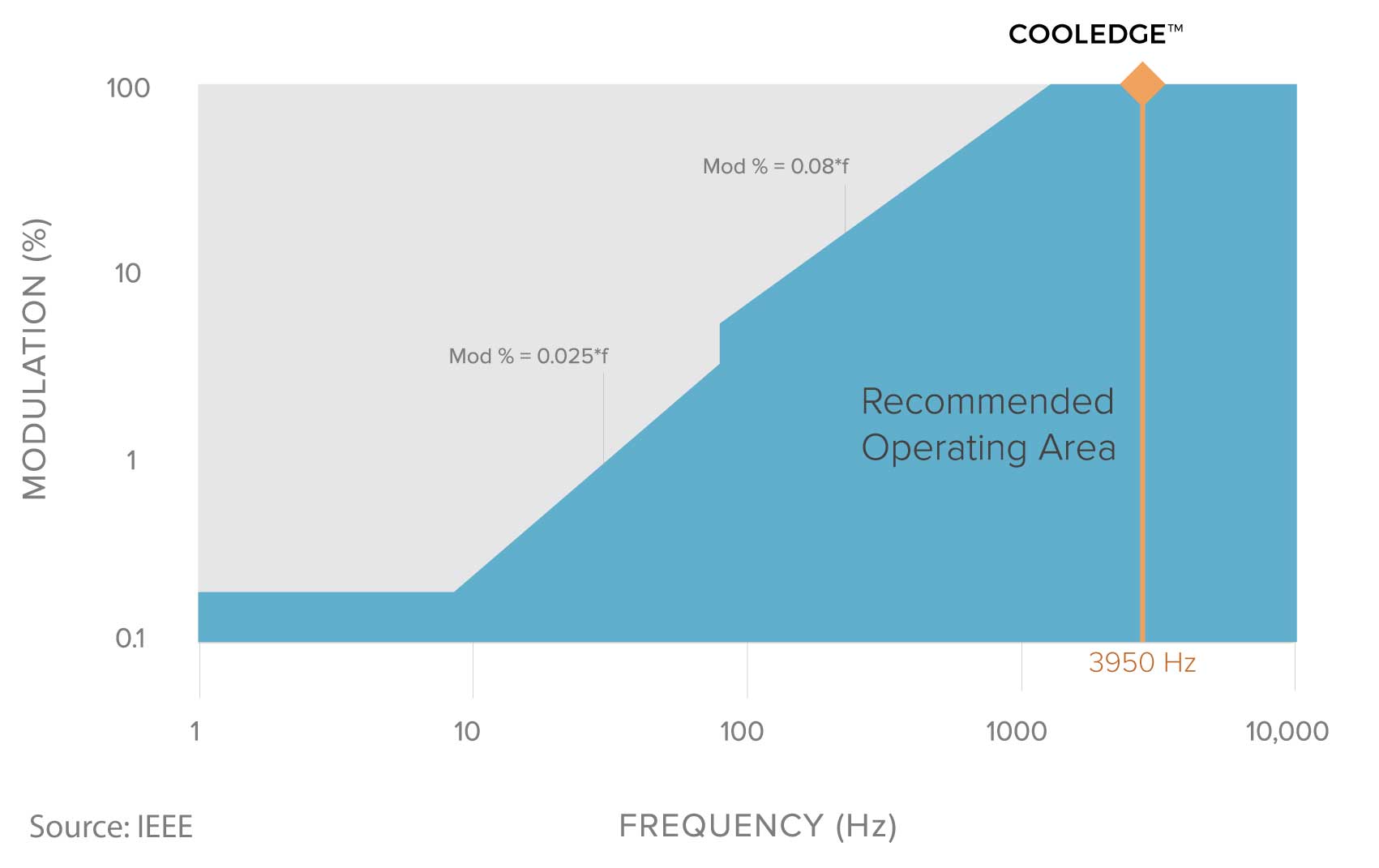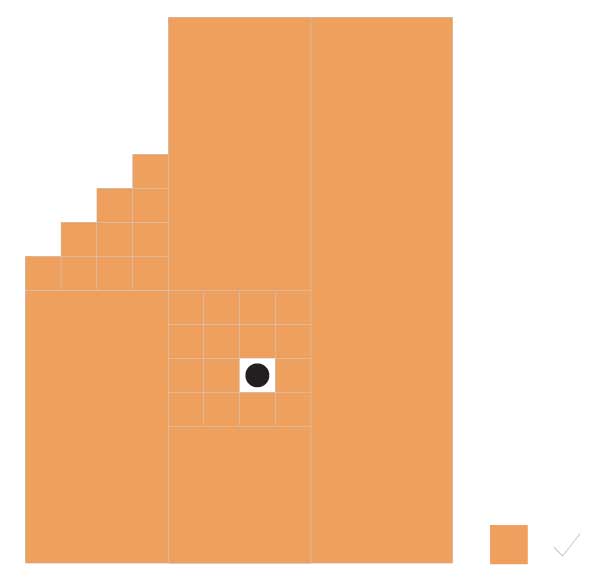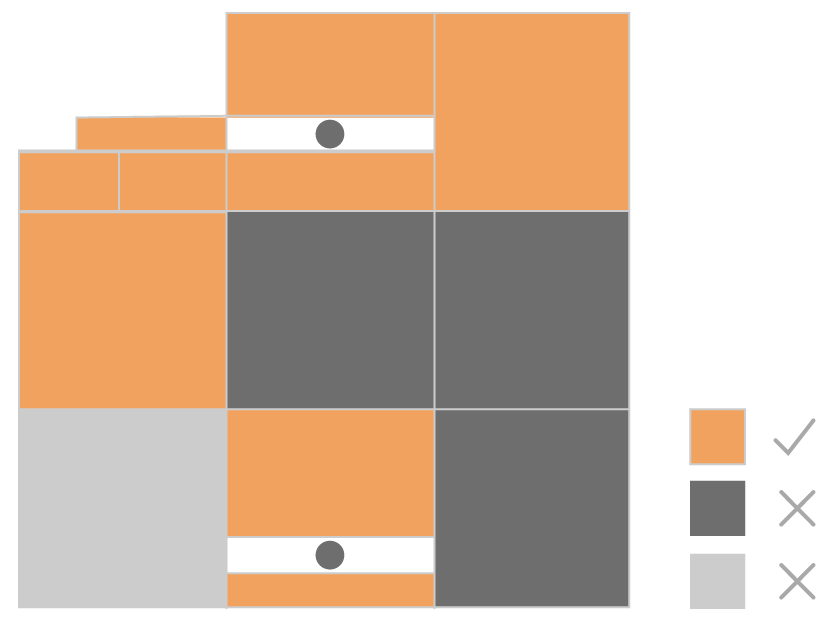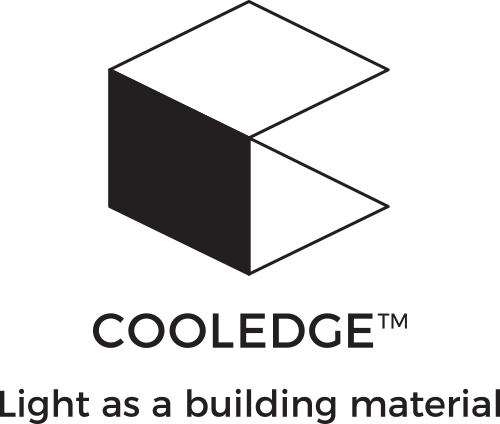Technology Enabling Luminous Surfaces for Architecture
LEDs as a light source have delivered on the promise of energy efficiency and long life. Cooledge develops technologies that enable the next step in the evolution of lighting to fully integrated, digitally controlled surfaces that are part of architecture, not added to it.
Immersive illumination is a subjective feeling of being surrounded by light in a way that feels comfortable and natural, like being outside. Immersive illumination is surprising: it delivers high levels of illumination but “feels like less” because we are used to experiencing localized higher levels of illumination created by traditional points and lines of light as inherently bright and in many cases somewhat uncomfortable.
A Surprising Amount of Illumination
Much as a diffuse sky delivers high levels of light by virtue of scale, the immersive illumination that is experienced under a luminous ceiling similarly does not require a large number of lumens per area, unlike troffers and linear pendants that supply much of the general illumination in public spaces today.
Typical Stretch Ceiling Configurations
Continuous | Luminous Ceiling
Segmented | Luminous Ceiling
2 x 4 Luminous Surfaces (Troffer Equivalent)
Average Maintained Illuminance vs Cooledge TILE Lumens |
Cooledge TILE Lumens (lm/sqft) | Continuous | Segmented | "2x4" Equivalent |
fc | lux | fc | lux | fc | lux |
150 | 50 | 550 | 10 | 110 | 5 | 55 |
300 | 100 | 1100 | 20 | 220 | 10 | 110 |
600 | 200 | 2200 | 40 | 440 | 20 | 220 |
Continuous luminous ceilings deliver substantial levels of illumination without the highly localized concentration of lumens found in traditional luminaires.
Download Details







